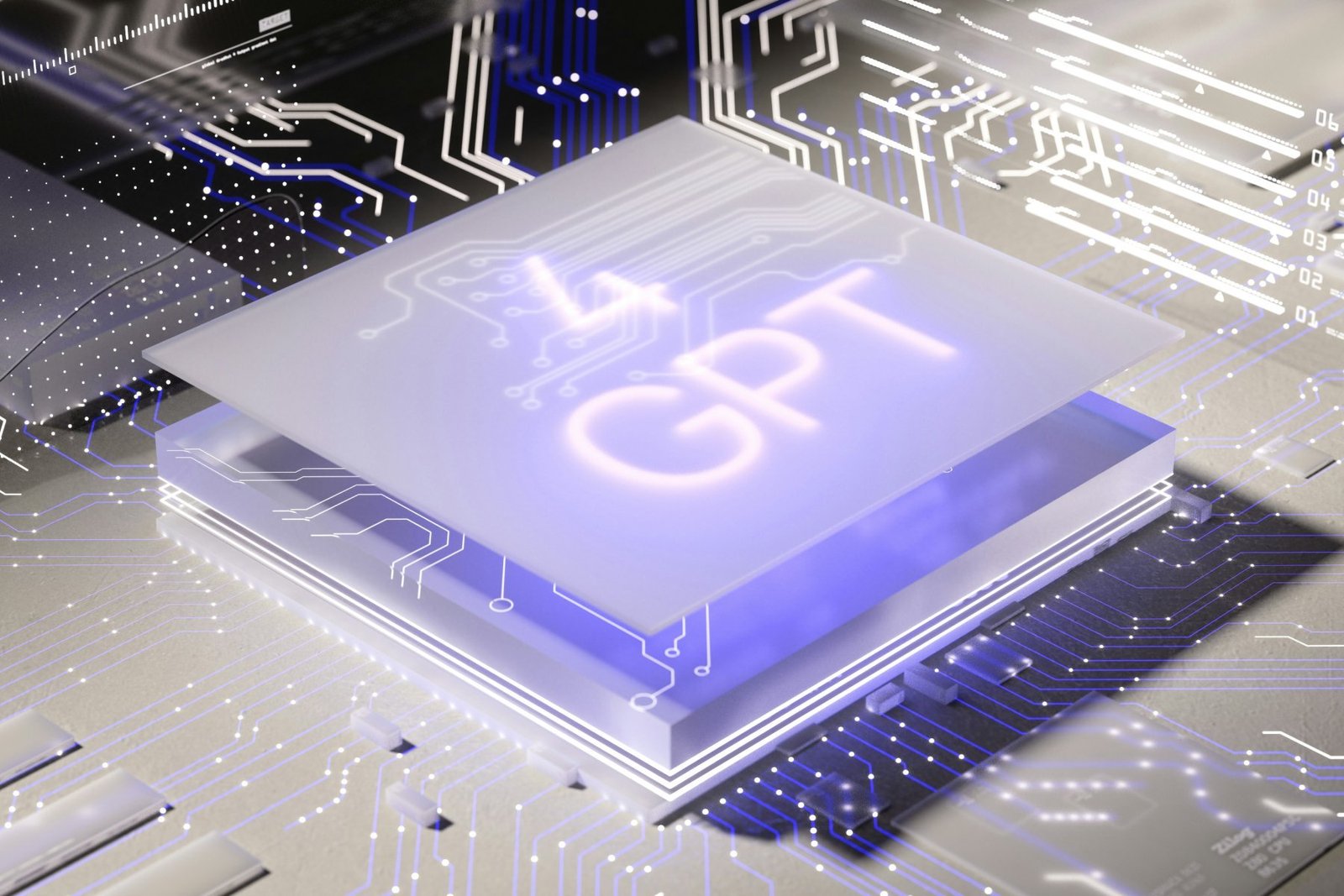Beyond the Code: How AI is Fortifying the Human Firewall Against Social Engineering
Imagine this: Your phone rings. It’s an urgent call from what appears to be your bank, or perhaps your CEO, sounding genuinely concerned. Or maybe an email lands in your inbox, seemingly from a trusted colleague, with a link to an important document. In that moment of urgency or trust, a tiny seed of doubt might flicker, but often, curiosity or a sense of duty prevails. You click. You answer a question. And just like that, the most sophisticated digital defences – your firewalls, your antivirus, your encryption – are rendered useless.
Because the weakest link wasn’t a vulnerability in your system; it was a vulnerability in you.
This is the cunning, often devastating, power of social engineering. While engineers tirelessly build stronger digital walls and smarter software defences, cybercriminals increasingly bypass these technological fortresses by exploiting the most powerful and unpredictable element in any security chain: the human mind. They don’t hack systems; they hack people. But what if we could equip every individual with an invisible, intelligent shield, helping them detect these human-centric traps? This is precisely where Artificial Intelligence (AI) is stepping in, becoming the crucial ally in fortifying what we call the “human firewall.”
The Master Manipulators: Understanding Social Engineering's Potency
Social engineering isn’t about code; it’s about psychology. It’s the art of manipulating people into performing actions or divulging confidential information. These attacks bypass technical safeguards because they exploit our inherent human traits: our helpfulness, curiosity, fear, urgency, or simple trust.
These tactics are alarmingly effective because they prey on human nature. They create emotional triggers, rush decisions, and exploit our tendency to trust seemingly legitimate requests. The fallout can be catastrophic: massive data breaches, significant financial losses, reputational ruin, and even national security threats. Traditional cybersecurity solutions, focused on networks and code, often see these attacks only after the human element has been compromised. This is where AI’s unique intelligence becomes a game-changer.
Consider the pervasive tactics:
- Phishing (Email, SMS, Voice - Vishing): This is the digital bait. Beyond the obvious spam, modern phishing emails are incredibly sophisticated, mimicking real companies, internal departments, or even specific individuals (spear phishing). Vishing uses voice manipulation (sometimes even deepfakes) to impersonate authority figures over the phone, demanding urgent action.
- Pretexting: Creating a fabricated scenario (a "pretext") to engage a victim and obtain information. "I'm from IT, we've detected unusual activity on your account; I need your password to fix it."
- Baiting: Luring victims with a promise (e.g., a free movie download, a USB drive left in a parking lot labeled "Confidential Employee Data") to infect their devices.
- Quid Pro Quo: Offering something in return for information (e.g., "I'll fix your internet if you give me your password").
- Tailgating: Gaining unauthorized physical access by closely following an authorized person into a restricted area.

AI: The Intelligent Amplifier for the Human Firewall
AI’s ability to process context, learn from patterns, and identify subtle anomalies makes it an unprecedented tool for augmenting human vigilance against social engineering. It’s not about making humans redundant; it’s about making them virtually unhackable by enhancing their innate protective capabilities.
Advanced Phishing and Spear-Phishing Detection (Beyond Simple Filters): The AI in your email security gateway goes far beyond basic keyword filtering. It acts like a highly sophisticated linguistic and behavioural profiler. It analyzes:
- Sender Behaviour: Is this sender’s typical email pattern consistent? Has their domain name subtly changed?
- Linguistic Nuances: Does the language used in the email match the sender’s typical style, or does it contain unusual phrasing, grammatical errors, or an unexpected sense of urgency?
- Contextual Cues: Is the request unusual for this sender? Is it asking for information that would normally be handled through a different channel? AI can learn the “normal” communication patterns within an organization and flag deviations.
- URL Analysis: AI can dissect links embedded in emails, not just checking if they’re on a blacklist, but analyzing the underlying domain, its history, and any redirects to spot highly camouflaged malicious sites.
- Dynamic Adaptation: As new phishing campaigns emerge, AI quickly learns their characteristics and automatically updates its detection models, providing continuous protection against evolving social engineering narratives.
- Your Benefit: Fewer sophisticated phishing attempts reaching your inbox, allowing you to focus on legitimate communications with greater confidence.
Behavioural Biometrics and Anomaly Detection for Account Takeover: What if your login itself could betray a social engineering attack? AI monitors your unique online “fingerprint” – not just your password, but how you interact with your devices.
- How it Works: AI learns your typical typing rhythm, mouse movements, login times, device usage, and geographical login locations. If an attacker gains your credentials through phishing and attempts to log in, AI can detect subtle discrepancies: a login from an unfamiliar browser, a device you’ve never used, a location hundreds of miles away, or even an unusual typing speed. This suggests that while the password is correct, the user might not be you.
- Your Benefit: An intelligent last line of defence against account takeover, even if your login credentials have been compromised, triggering extra verification steps to protect your accounts.
Voice and Deepfake Detection (Combating Vishing and Impersonation): The rise of generative AI introduces a terrifying new frontier: synthetic voices and deepfake videos used for highly convincing impersonation.
- How it Works: AI is being developed to analyze vocal nuances, speech patterns, intonation, and even subtle visual cues in video calls that indicate manipulation. By comparing real voiceprints or video streams against learned patterns of synthetic generation, AI can detect whether a CEO’s “urgent” phone call or a colleague’s “video conference” is actually a sophisticated deepfake designed to trick you.
- Your Benefit: Protection against hyper-realistic social engineering attacks that exploit our reliance on voice and video communication, preventing costly CEO fraud or sensitive information leaks.
Contextual, Adaptive Security Awareness Training: Traditional security awareness training often feels like a one-size-fits-all lecture. AI revolutionizes this by making training personal and timely.
- How it Works: If an employee clicks on a simulated phishing email (part of a training exercise), AI can trigger immediate, bite-sized micro-training relevant to that specific mistake. It learns an individual’s vulnerabilities over time and delivers targeted content (e.g., a specific module on fishing if someone struggles with phone-based scams). This adaptive, continuous learning reinforces good habits and addresses weaknesses far more effectively than annual training sessions.
- Your Benefit: More effective security education that sticks, building stronger personal defences against cunning social engineering tactics.
Social Media Monitoring for Impersonation & Reconnaissance: Public social media is a goldmine for social engineers seeking information for their attacks.
- How it Works: AI scans public social media platforms to detect brand impersonation, executive impersonation, or even to identify if threat actors are conducting reconnaissance for a social engineering attack – gathering employee names, roles, relationships, or company culture details that can be exploited in a pretext.
- Your Benefit: Protection against attacks that begin with open-source intelligence gathering, safeguarding your organization’s reputation and your personal information.
The Unbreakable Bond: Human-AI Collaboration for Superior Defence
It’s critical to understand: AI isn’t here to replace human intuition or judgment in combating social engineering; it’s here to amplify it. The most robust defence against the master manipulators lies in a seamless synergy between cutting-edge AI and astute human intelligence.
- AI Provides the Scale and Speed: It sifts through the noise, identifies patterns beyond human perception, and delivers immediate alerts.
- Humans Provide the Context and Judgment: Only a human can truly interpret nuanced social cues, understand organizational politics, and make complex, ethical decisions in ambiguous situations. Humans set the policies AI enforces and provide the strategic response when a sophisticated attack requires a personal touch.
Together, AI acts as the tireless guard, constantly monitoring and flagging anomalies, while humans serve as the ultimate decision-makers, validating threats, adapting strategies, and providing the crucial judgment only a human can offer.


Zybercure's Role: Empowering the Human Firewall of Tomorrow
At Zybercure, we believe that the strength of any cybersecurity strategy is ultimately determined by its weakest link. In the age of social engineering, that link is often the human one. Our “AI + Cybersecurity: Integrating for a Secure Life and Work” course is meticulously designed to empower individuals and organizations to fortify this crucial human firewall. We focus on:
Demystifying Social Engineering:
Providing a deep understanding of attacker psychology and common tactics.
Leveraging AI for Human Defense:
Equipping you with knowledge on how AI tools enhance phishing detection, behavioral analytics, and secure awareness training.
Cultivating Cyber Vigilance:
Fostering a proactive mindset and practical skills that allow individuals to act as an intelligent, first line of defense against even the most cunning social engineering attempts.
Conclusion: AI – The Essential Reinforcement for Our Digital Humanity
The threat of social engineering will only grow more sophisticated as AI becomes more accessible to malicious actors. Yet, simultaneously, AI stands as our most powerful ally in countering these very human-centric attacks. By integrating AI into our defenses, we are not just protecting our systems; we are enhancing our innate human ability to detect deception, empowering ourselves to make smarter, safer decisions online. AI is the indispensable reinforcement for our collective human firewall, ensuring that in the vast, interconnected digital world, our most valuable assets – our data, our identity, and our trust – remain secure. Embrace this intelligent partnership, and navigate the digital landscape with unwavering confidence.
Ready to strengthen your human firewall with AI? Explore our course: ‘AI + Cybersecurity: Integrating for a Secure Life and Work’ today at Zybercure.com!





